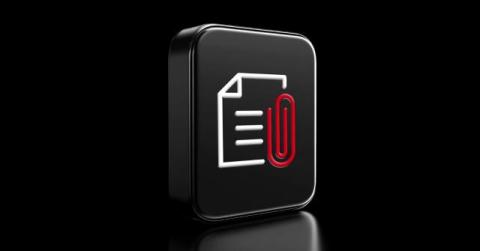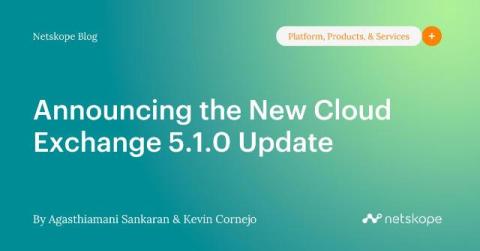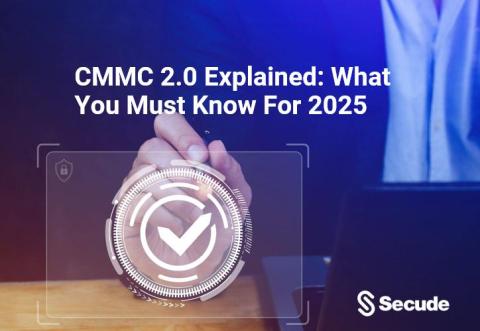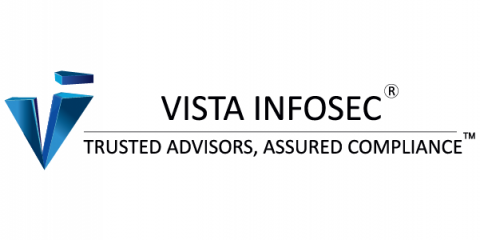Why Secure Infrastructure Access Must Evolve: Insights from Teleport's 2024 Survey
89% of organizations suffered at least one security incident in the past three years, according to The 2024 State of Secure Infrastructure Access, a new survey of 250 security and engineering leaders. The rise of cloud computing, the surge of identity-based attacks, and increasing regulatory compliance concerns have forced companies to rethink how they handle security, productivity, and compliance.











